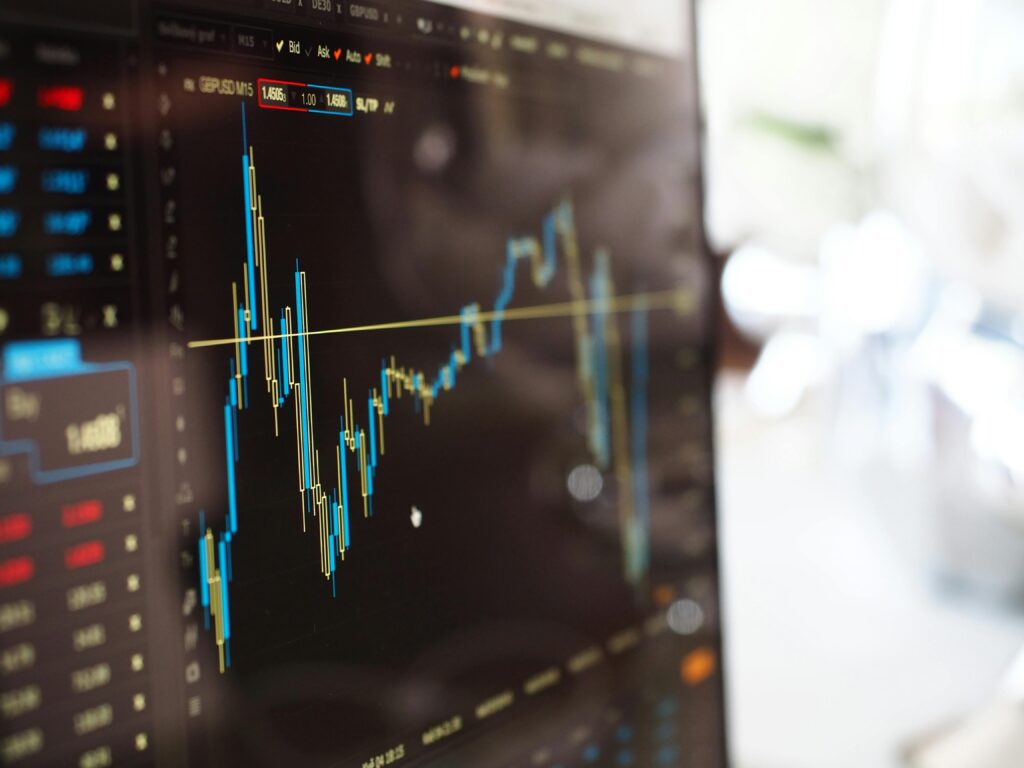What’s Happening Now
In mid-June 2025, the United States launched a coordinated strike with Israel on Iran’s nuclear facilities at Fordow, Natanz, and Isfahan—using cruise missiles, B‑2 bombers, and submarine-fired Tomahawks. President Trump hailed the operation as a major strategic victory. Iran retaliated swiftly in kind, launching hundreds of ballistic missiles and drones toward Israel on June 13. Meanwhile, Iran has threatened to close the Strait of Hormuz—a chokepoint that transits nearly 20% of the world’s oil.
Financial markets are reacting with sharp increases in oil prices—Brent surged from around $71 to above $77 per barrel immediately after the strikes. Safe-haven assets like gold and U.S. Treasuries are rising, while equities dipped, and currency volatility is rising across Asia, Europe, and emerging markets.
Why It’s Happening
- Strategic deterrence & military signaling
The U.S.–Israel attacks aimed to degrade Iran’s nuclear ambitions, showing strength and deterring future escalation. However, Iran’s missile response and strike threats signal a serious risk of deeper conflict. - Energy security concerns
Disruption to shipping through the Strait of Hormuz could drastically reduce oil flow, raising global prices, triggering inflation, and stifling growth. - “Hot Cold War” dynamics
This spate of moves isn’t isolated—tensions span U.S.–China competition over Taiwan, Russia–Ukraine, and geopolitical arms build-ups. The result is multi-directional market pressure. - Global macro risks from policy ripple effects
Central banks face the dual challenge of war-driven inflation and uneven growth. For instance, while the ECB stays cautious, Norway and Switzerland recently cut rates. The IMF warns such geopolitical shocks can trigger sharp market corrections.
India’s Position
- Market sensitivity
Indian stock indices reacted cautiously, with Nifty and Sensex dipping ~0.2% amid U.S.–China trade uncertainty and Iran tensions. Economic fallout could hurt oil-importer India via the rupee—which crossed 86/USD—and inflationary pressure. - Strategic neutrality and economic resilience
With robust domestic demand and supply-chain diversification from China, India offers a relatively safer investment climate. RBI is also ready to intervene to stabilize the rupee and markets.
China’s Role
- Indirect exposure
China’s economy is vulnerable to global oil costs and supply chain disruption. Moreover, broader U.S.–China strategic friction over Taiwan and tech restrictions exacerbate global market stress . - Safe-haven support
In recent weeks, China’s foreign investment dropped, but it also benefits from safe-haven inflows and domestic stimulus buffering global shocks.
Europe’s Response
- Market turbulence with cautious optimism
European markets fell sharply on June 17 amid Middle East conflict and trade pressures, although a temporary two‑week pause on U.S. involvement helped restore some calm . Defense and energy stocks have surged, while banks ride yield increases . - Policy disparity
ECB remains cautious on interest rates amid inflation concerns, contrasting with central banks in Norway and Switzerland that have successfully cut rates.
Middle East & MENA
- Regional equities mixed
Arab markets show resilience, but economy-wide uncertainty lingers. Oil volatility continues, pressuring energy-linked sectors. - Strategic flashpoint: Hormuz
Iran’s threat to block the Strait adds a dangerous dimension. Closure would affect Saudi, UAE and Iraq exports, forcing realignment and raising global energy insurance costs.
Possible Outcomes
- Brief flare-up, followed by de-escalation
If diplomatic mediation gains traction (as hinted in Geneva), oil could retreat, equity markets might rebound, and risk premiums subside . - Prolonged regional conflict
Escalating strikes, aggressive proxy warfare, and sustained Hormuz disruption may entrench higher inflation, disrupt global supply chains and push central banks toward rate hikes, dampening global demand. - Wider geopolitical firestorm
A full-blown multi-front conflict—while less likely—could push investors into extreme risk-off mode: sharp equity declines, surging gold and bond yields, and forced portfolio re-balancing.
Source:



